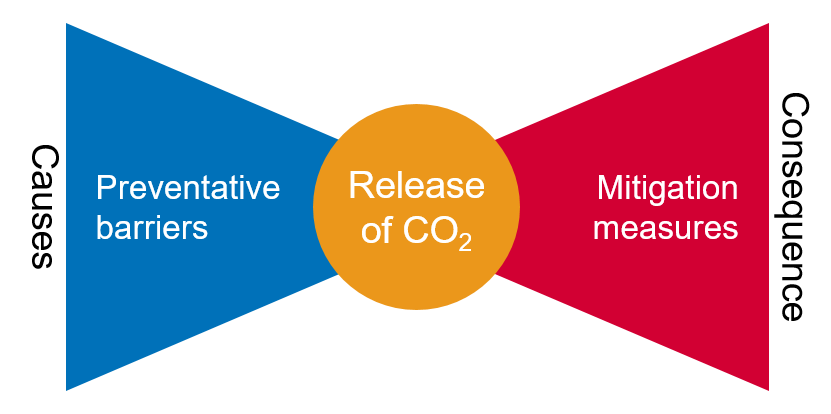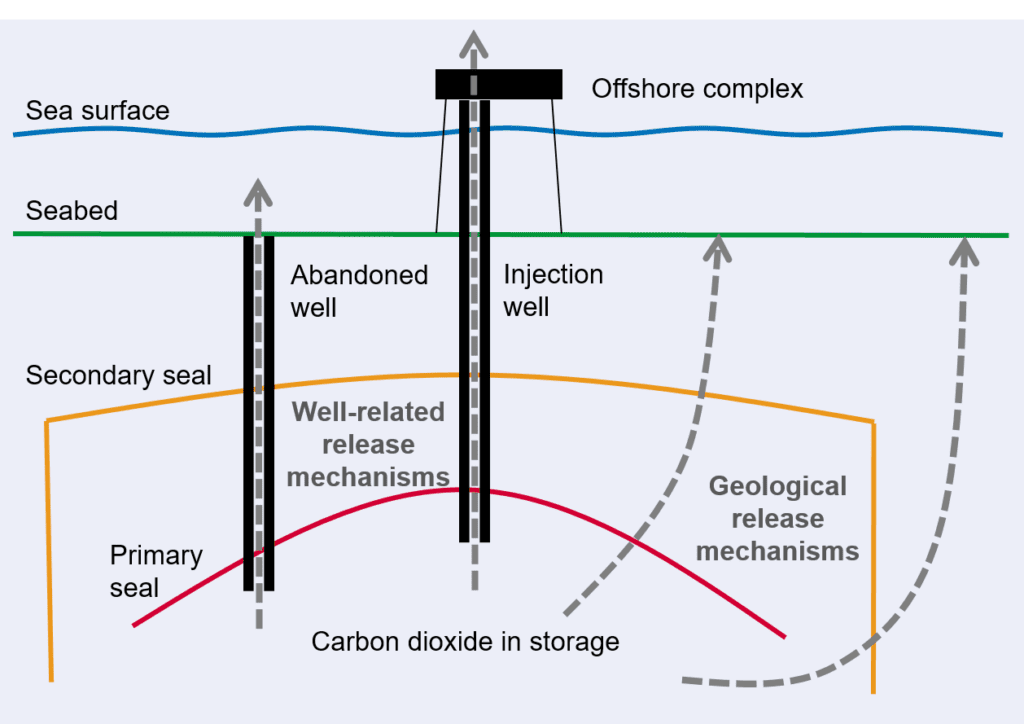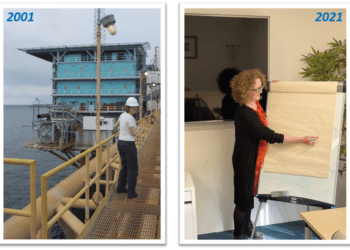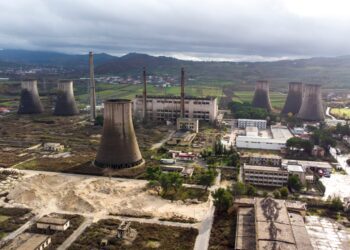Bowtie by numbers – quantifying bowtie diagrams for carbon capture
CCS, or Carbon Capture and Storage, is a technology that captures carbon dioxide (CO2) from the burning of coal and gas for power generation or other industrial uses, and transports it by either pipeline or ship for safe and permanent underground storage. The goal is to prevent CO2 from entering the atmosphere and contributing to climate change.
BOWTIE APPLICATION
Bowtie analysis of the hazards associated with subsurface storage provides a rigorous, easy-to-communicate assessment of the risks associated with failing to contain the CO2, while identifying and examining the barriers in place to prevent leakage as well as the mitigation measures that minimise the consequences of any release, as illustrated in Figure 1.

Quantifying the resulting bowties provides an additional dimension and generates useful inputs to project decisions and plans. The quantitative bowtie model aims to determine which potential CO2 release mechanisms are more likely and assesses the benefit of monitoring activities which may continue for decades into the future.
RELEASE MODELLING
Factors that can reduce storage integrity, by weakening the cap rock or creating leak paths that bypass the seal, include acidic fluid action, existing geological faults, stress of injection, diffusion and lateral migration for example. Each release mechanism may be illustrated as a separate bowtie cause, with cause-specific prevention measures such as impermeable geological layers, engineered barriers (e.g. injection well design) and active barriers (e.g. monitoring of CO2 dispersion). Failure of these barriers could result in CO2 release from storage and, if mitigation measures also fail, a range of consequences might arise (e.g. release of CO2 at the seabed, or release into the subsurface above the seal), as depicted in Figure 2.

The resulting bowtie model may be presented as a set of interlinked bowtie diagrams to show the progression of subsurface releases to the surface. To allow the numerical values assigned to the bowtie components to be combined easily, the bowties need to be structured so that cause branches are independent of each other as far as practical and prevention measures for the same cause are also independent.
On the right side of the diagrams, however, not all dependencies can be removed, e.g. mitigation measures involving corrective action are dependent on mitigation measures which detect the CO2 release.
If dependencies are significant, fault trees may be constructed to confirm the mathematical logic of the relationship between bowtie branch frequencies and mitigation measure probabilities of failure, to give overall consequence frequencies.
AIMS OF THE MODEL
Although intended to be indicative rather than absolute, the frequency of CO2 releases arising from well-related mechanisms predicted by the model may be compared with data available within the CCS and analogous industries to verify the model results align with experience.
One aim of the analysis would be to confirm that the frequency of potentially damaging releases is so low that the individual risk to people offshore is well below the broadly acceptable level of one in a million per year.
A similar objective is to show that the associated risk to the environment from CO2 reaching the seabed is below broadly acceptable levels for the majority of the project life cycle. The model can even help evaluate the risk of damage to reputation, noting that even deep subsurface releases are likely to attract attention from the global media.
AN AID TO RISK REDUCTION
As well as painting the overall risk picture, the model can be used to identify the biggest contributors to the frequency of CO2 release. Typically, this arises from injection wells until they are plugged and abandoned. After this point, the frequency of release should reduce significantly, and is usually dominated by releases from abandoned exploration and appraisal wells connected to the reservoir.
Moreover, the bowtie model can be used to help identify additional prevention or mitigation measures which have the most benefit in terms of risk reduction.
CONCLUSION
Combining traditional, qualitative bowtie analysis with quantification of the bowtie provides an integrated tool capable of evaluating and assessing the risks of CO2 leakage from CCS, whilst also aiding risk reduction decisions. The versatility of the bowtie method in handling the novel and challenging nature of the CCS industry is also demonstrated.
This article first appeared in RISKworld issue 26








